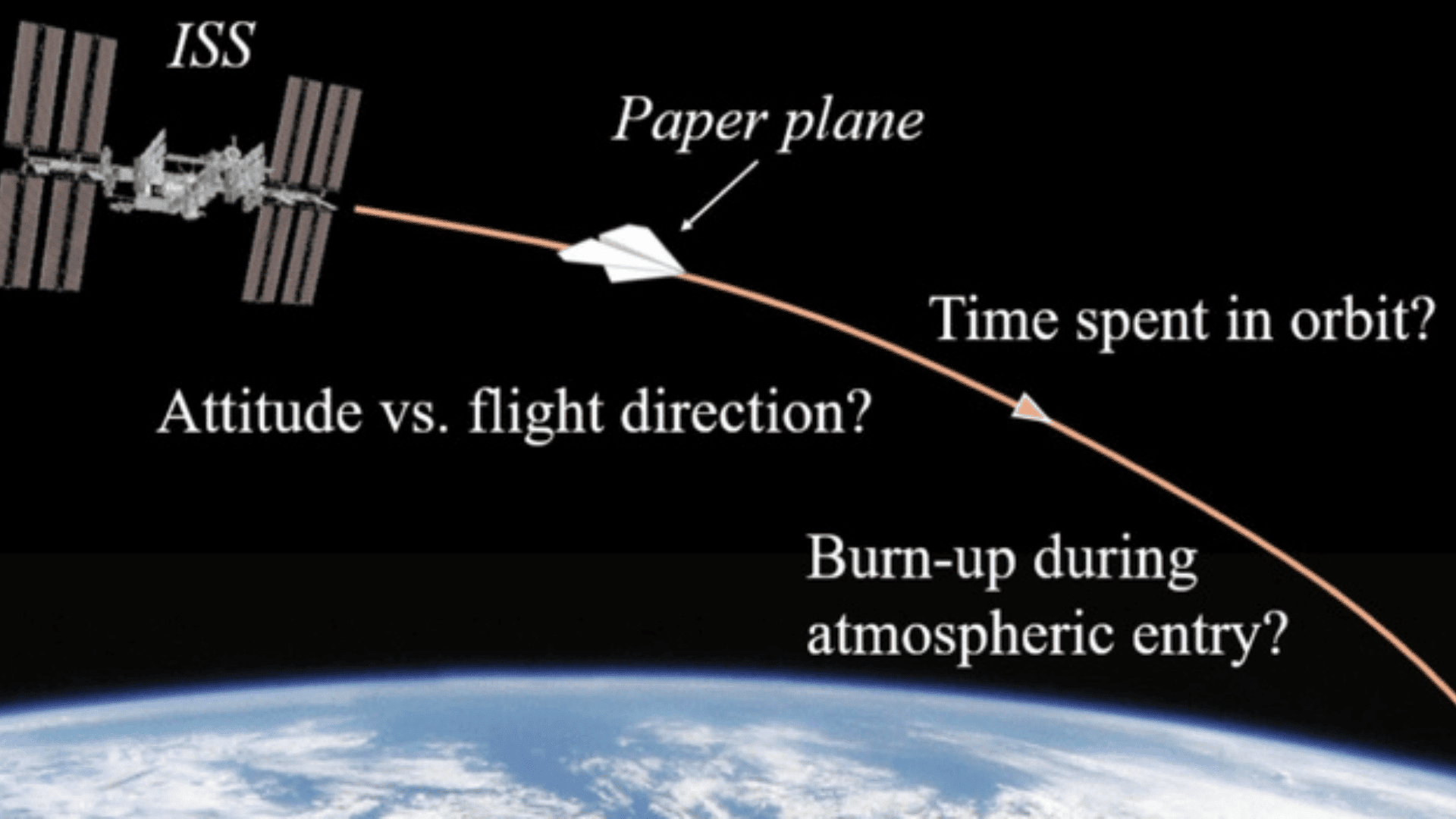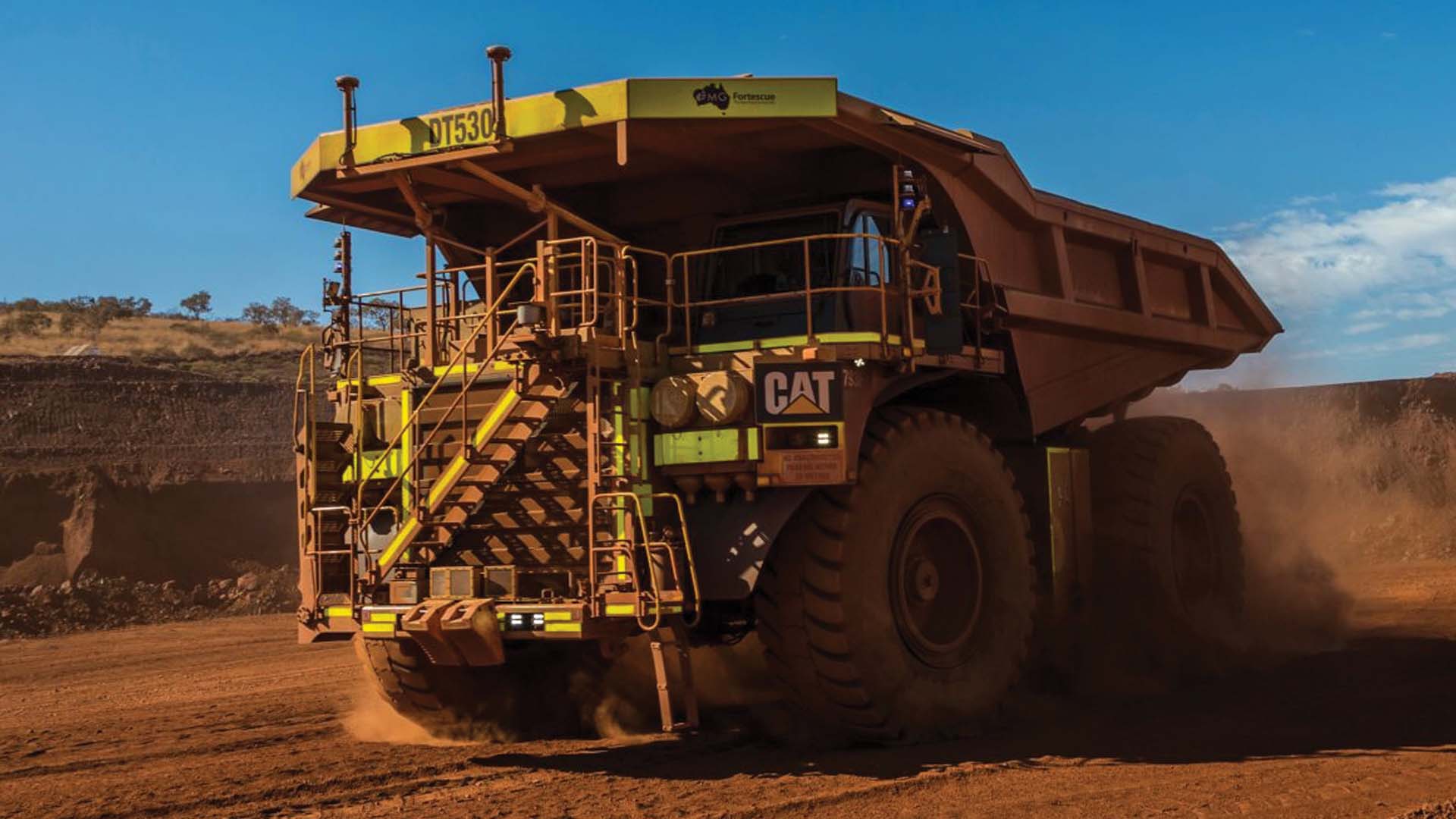A study analyzing what would happen if you threw a paper airplane out of the International Space Station was recently published.
Low-Earth orbit is getting fuller, leading scientists to worry about potential issues such as the “Kessler Effect”. This is when one small event, like the explosion of a satellite, could cause a chain reaction, destroying other objects and potentially causing communication issues on Earth.
What Happened to the “Paper Space Plane”?

According to IFL Science, though there are efforts underway to clean near-Earth orbit, others are attempting to find ways to make satellites and spacecraft more sustainable pre-launch.
“One research direction is into organic materials as a substitute for traditional metallic ones, to reduce the environmental impact of spacecraft at burn-up during atmospheric entry,” the team explains in their new paper. “Another research direction is into deployable drag sails, to speed up orbital decay of satellites in low Earth orbit (LEO) at end of life and remove space debris. An origami (which means “folded paper” in Japanese) space plane, positioned between these trends, may offer new pathways for sustainable space utilisation and exploration.”
To analyze this idea, the team simulated what would happen to a paper airplane made from a single sheet of A4 paper if it were launched out of the ISS at a height of 250 miles. They modeled how fast the plane’s orbit would decay, the plane’s orientation compared to its direction of travel, and how much heating the plane would endure as it headed through our atmosphere.
The team carried out tests and simulations in a wind tunnel and slightly modified the plane to combine the paper with aluminum. The experiment showed that the plane flew well at first.
“The space plane is statically stable about the flow-pointing direction (X-axis aligned with incoming flow) in pitch and yaw,” the team writes. “This suggests it may be able to passively maintain alignment with the orbital direction during flight in the rarefied atmosphere in [low-Earth orbit].”
The plane’s orbit then declined rapidly, and it entered Earth’s atmosphere within 3.5 days. The team stated that the “paper space plane” would likely combust during atmospheric reentry. This level of disposability could help de-clutter low-Earth orbit.
“The paper space plane’s strong sensitivity to aerodynamic drag in the rarefied [low-Earth atmosphere] atmosphere suggests it could be used as a passive probe for atmospheric density measurement,” the team concludes.







